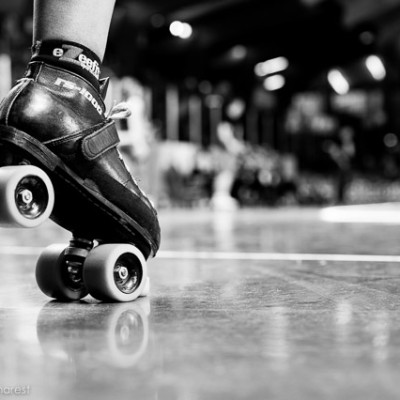Our tree-swinging ancestors had feet that were fantastically adapted to grabbing and climbing. The transition to walking on human feet was perhaps not the most shining example of evolution’s capabilities:
“When our ancestors descended from the trees and began walking upright, they faced some major mechanical challenges. “Being on two limbs is just a real problem,” DeSilva says. “If you were taking shop class and your assignment was to build a chair, and you built a chair with two legs, you’d fail the class because it would fall over all the time.” Simply balancing an animal upright is a feat of evolutionary engineering—and that’s before the animal starts moving around.”
In keeping with this week’s theme of injury prevention, I wanted to share an article from Scientific American. My teammate Miss E. Masculator sent it my way, and I thought it was worth passing along to you too!
The gist?
- Most knee injuries are actually non-contact injuries – just a wrong step or a weird fall. Protect yourself as much as possible by doing moves like the ones in my Happy Knees video.
- Highly-structured shoes, like most modern running/training shoes, tend to weaken your feet. By over-supporting, they allow the network of built-in support muscles to weaken. If you jog or run for crosstraining (or for fun), you might want to consider the lightweight, ‘barefoot’ style runners.
- Read the article for the full story on apes and ACLs…
Here’s what I’d like to know from you: What injury-prone area do you need advice on? Be a good monkey – leave a comment below and let me know.
![]()


 Fresh Meat – You Got This!
Fresh Meat – You Got This!  The Top Ten Exercises for Roller Derby Athletes
The Top Ten Exercises for Roller Derby Athletes  Cross-Training for Roller Derby: A Primer
Cross-Training for Roller Derby: A Primer  PreHab: How to Reduce Concussions
PreHab: How to Reduce Concussions  Go From Benchwarmer to MVP with the 1% Secret
Go From Benchwarmer to MVP with the 1% Secret
Shin splints!